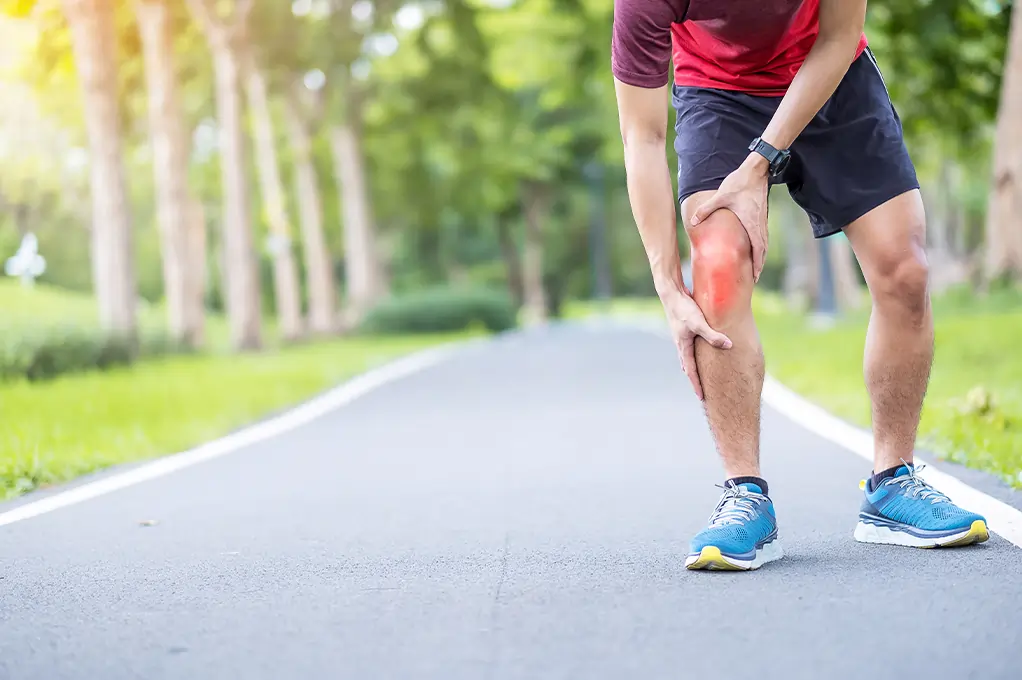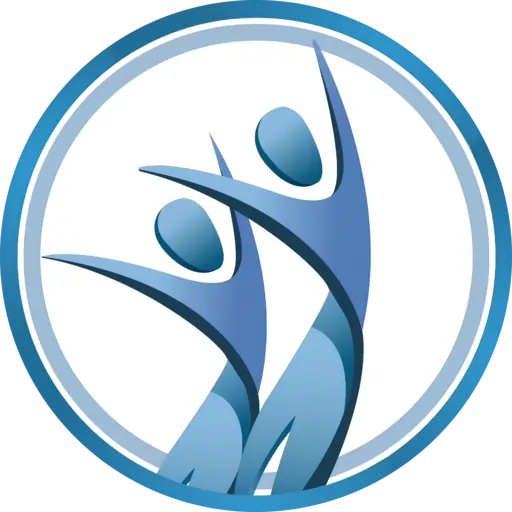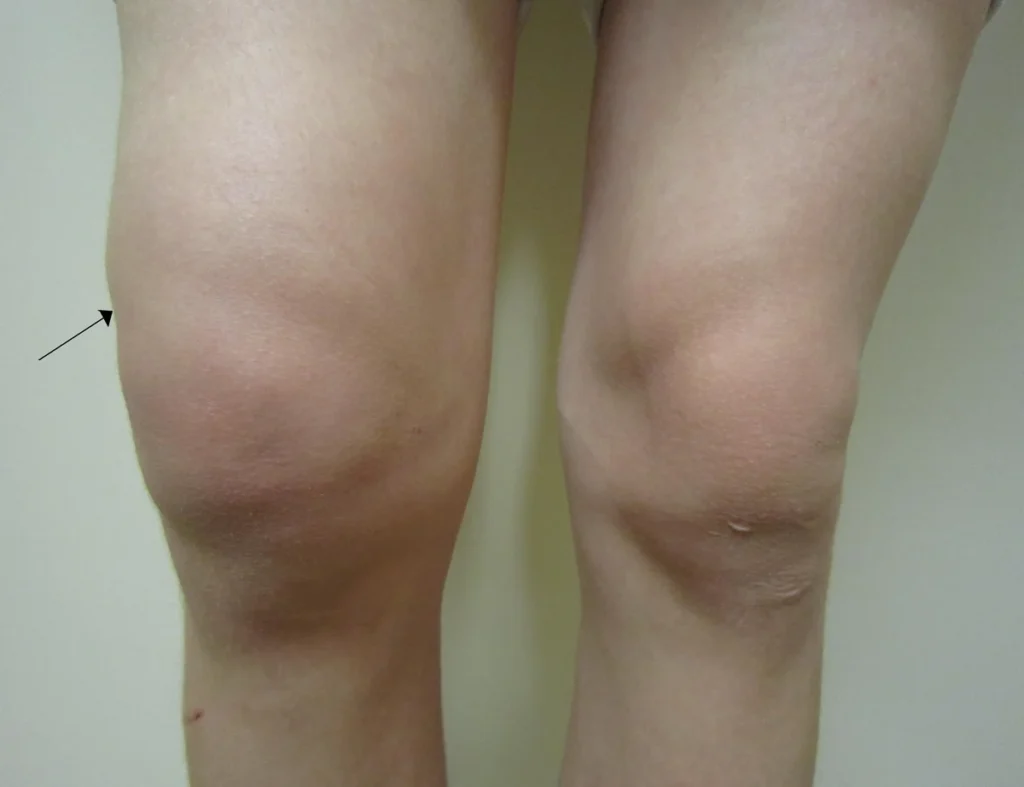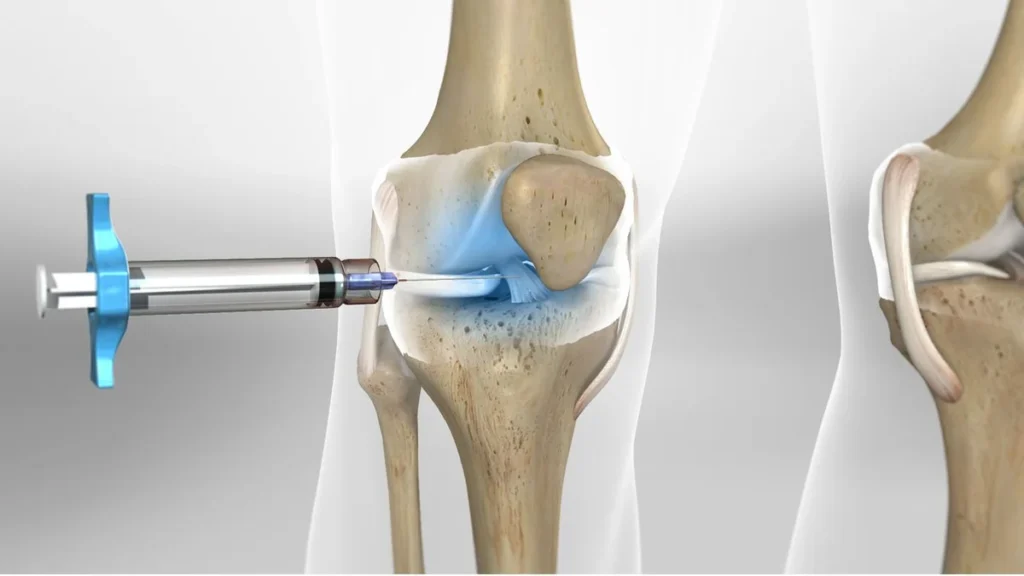Introduction to Back of Knee Pain: Understanding knee pain’s varied causes is easier when we know more about the knee, one of the largest and most sensitive joints in the human body. The knee joint includes bones that may fracture or dislocate and are also prone to damage in other areas like cartilage, ligaments, and tendons. This article delves into the reasons behind pain and tension in the back of the knee area.

Some knee issues improve with rest and care over a specific period, while others require surgery and complicated treatment methods. Sometimes, back of-the-knee pain stems from serious conditions like arthritis, which can lead to knee damage over time. We will explain the common causes of back or knee pain and the necessary measures for each.
Causes of Back of Knee Pain
- Jumper’s Knee (Patellar Tendon Injury) Often, injury to the patellar tendon can cause issues like Jumper’s Knee. This problem usually arises from repeated stress and strain on the patellar tendon, especially in sports like volleyball and basketball involving rapid directional changes and jumping. These movements can even lead to tendon rupture. Jumper’s Knee causes pain below the knee that gradually worsens. Other symptoms include muscle stiffness and difficulty in bending and straightening the knee.
- Muscle Spasms in the Leg Muscle cramps in the leg, a natural reaction to muscle contractions, are not limited to calf muscles; other leg muscles, including those behind the thigh and knee, can also experience these spasms.
Leg muscle cramps often occur during exercise or even during pregnancy. They can be caused by:
- Nerve issues in the leg
- Dehydration
- Infectious diseases like tetanus
- Toxins like lead and mercury in the bloodstream
- Liver diseases Muscle spasms are sudden and brief, followed by lingering pain in the muscles for a few more hours.
- Injury to the Tendons Behind the Knee
- The tendons behind the knee are formed by the combination of three muscles extending from the back of the thigh to the knee. These muscles are the gracilis, semitendinosus, and biceps femoris.
Their role is in bending and flexing the knee. Injury to these tendons results from damage to one of these muscles or excessive muscle stretching. Overstretching can lead to tendon strains behind the knee, requiring months to heal. Symptoms include sudden pain, swelling, bruising, and weakness in the back of the knee. This type of injury is common in sports involving sudden directional changes or jumping, like football, basketball, volleyball, and tennis.
- Baker’s Cyst Baker’s cyst is a fluid-filled sac that usually forms at the back of the knee. This joint fluid lubricates the knee joint but can overproduce in cases of inflammation or injury, leading to cyst formation. Symptoms of Baker’s cyst include:
- Pain in the back and inside of the knee
- Swelling at the back of the knee
- Difficulty in bending the knee These symptoms usually worsen during physical activities, and cyst rupture can cause severe, sudden pain in the calf area.
- Muscle Strain in the Back of Knee and Calf The gastrocnemius and soleus muscles in the back of the calf and knee are involved in bending the knee. This type of injury is common in athletes who suddenly start running, like tennis players, causing pain in the back of the knee and calf. Symptoms of calf muscle strain include:
- Pain and swelling in the calf muscle
- Bruising and tenderness in the calf muscle
- Difficulty standing on tiptoes Rest, elevating the leg, and applying ice to the injured area can hasten recovery.
- Meniscus Tear in the Knee The knee meniscus plays a crucial role in knee stability. Meniscus tears mainly occur in athletes due to sitting and twisting on the knee. As age progresses, the meniscus tissue weakens, making it more susceptible to tears from rotational movements.
A meniscus tear is usually accompanied by a popping sound and may not initially be painful. However, walking on it over a few days can increase pain. Symptoms of a meniscus tear include:
- Knee muscle tenderness
- Swelling
- Weakness
- Knee locking Rest, elevating the leg, and applying ice to the injured area can reduce pain and promote faster healing. Surgery may be necessary if there is no improvement.
- Posterior Cruciate Ligament (PCL) Injury The PCL is a tissue connecting the thigh bone to the shin bone, supporting the knee. A severe blow to the front of the knee, like in a vehicle accident, can cause PCL injury. Also, knee rotation can sometimes lead to PCL damage. Besides pain, other symptoms of this injury include:
- Swelling
- Bruising
- Difficulty walking
- Knee weakness
- Chondromalacia Chondromalacia refers to the softening of joint cartilage. Cartilage, a rubber-like tissue between bones, prevents their friction during movement. Knee injury, aging, arthritis, and overuse can cause chondromalacia. A common site for this condition is under the kneecap. Cartilage loss in the knee can lead to bone friction and pain. Symptoms include:
- Knee weakness or instability
- Sensation of grinding bones during knee movement
- Difficulty moving the knee
- Arthritis Inflammation can damage joint cartilage. Various types of arthritis can lead to knee damage, including:
- Osteoarthritis (the most common type, due to cartilage wear and aging)
- Rheumatoid arthritis (an autoimmune disease where the immune system mistakenly attacks the joints)
- Lupus (another autoimmune disease affecting the knee and other joints)
- Psoriatic arthritis can cause joint pain and skin lesions. Arthritis pain is treatable, usually through therapy exercises, medication, and in severe cases, surgery.
- Deep Vein Thrombosis (DVT) A blood clot in the deep veins of the calf or thigh leads to DVT. Pain in these areas, especially when standing, is common. Symptoms of DVT include:
- Leg swelling
- Skin redness
- Warmth at the clot site DVT diagnosis should be swift, and treatment should begin immediately, as the clot can travel to the lungs, causing life-threatening pulmonary embolism. DVT is treatable with blood thinners, which prevent new clots and the growth of existing ones.

To make an appointment or get an online consultation with Dr. Nader Motallebi Zadeh, Limb lengthening surgeon, proceed here.
Clotting in the Veins Behind the Left and Right Knees
Peripheral Arterial Disease (PAD) in the Legs
Veins within the leg can get clogged, similar to those in the heart. When the leg veins are clogged, less blood reaches your legs, leading to a condition known as Peripheral Arterial Disease (PAD).
Most cases of PAD involve clotting in the veins behind the knee and thigh. However, veins in the abdomen and groin can also be affected. In other words, you might have vein clotting in more than one area.
To assess the likelihood of PAD, your doctor should first check your heartbeat. Although the legs are usually covered by muscles, the doctor can assess your pulse from various areas including the ankle, back of the knee, and groin. The heartbeat should be checked in both legs, and the skin condition of both legs should also be examined. In PAD, the skin does not receive enough oxygenated blood, making it cold, thin, and shiny over time, with reduced hair growth.
Exercise for Treating Back of Knee Pain
Pain in the back of the knee often arises from muscle cramps, and in some cases, other pressure in the muscles behind the calf, knee, or thigh. People can typically reduce or even completely treat knee pain by performing appropriate exercises and massaging the muscles.
Below are several exercise movements (massages) for muscles often leading to knee pain. People will feel better in their knees by doing these exercises.
Treating Back of Knee Pain at Home While Kneeling
There are points in the body where muscle cramps occur, and these cramps do not arise spontaneously. If not treated, they can persist for a long time and cause problems of varying severity. However, these muscle cramps can be alleviated by applying pressure and massaging them.
People should pay attention to their nervous system to identify muscle cramps. For this, pressure should be applied to the necessary areas. Regular muscle massage can reduce cramps and relieve pain. This type of massage is not difficult and is worth trying. Below are instructions for performing the massage:
If considering a pain scale from 1 to 10, this pain should have an intensity between 4 to 7.
Massaging the Upper Part of the Calf Muscle and Indentation Behind the Knee
Muscles: Gastrocnemius, soleus, popliteus, and plantaris. Pain in this area is usually due to muscle cramps. Almost everyone who suffers from pain in the back of their knee experiences muscle cramps. Massaging these muscles can be done using foam rollers or thumb fingers.
Massage might temporarily create symptoms similar to muscular pain, but these are normal in this area and quickly alleviate. Stimulating blood circulation in the legs through walking can also be beneficial.
Massage of the Areas Alongside the Calf Muscle: Gastrocnemius Muscle
For massaging these areas, using thumb finger techniques is recommended. Sit on a chair, straighten your leg on the ground, apply pressure to the lateral muscles of your calf, and find painful areas. If you find a painful point, massage it upward from the bottom for no more than 15 minutes.
Massage of the Middle and Upper Area of the Calf Muscle and Indentation Behind the Knee
Muscles: Plantaris, popliteus, and soleus. The main factor in back knee pain when sitting and straightening the joint is the popliteus muscle. Also, back knee pain while walking and going up or down stairs can originate from the plantaris and soleus muscles.
Hold the lower part of your leg with your hands and place your thumbs on the back of the calf muscle. Apply pressure to the muscle and search for cramps or painful areas. If you find a painful point, massage it upward from the bottom for no more than 15 minutes. This cramp will usually gradually decrease.
If you encounter a painful and resistant area, you can leave it for a while. In other words, look for other points with similar pain and focus on them in turn. Often after doing this, the painful and resistant area responds better to massage.
Massaging the calf muscle using a foam roller is very effective, although its accuracy is less than thumb massages. The reason for the greater effect of thumb massages is that more pressure can be applied.
To perform a massage with a foam roller, first sit on the floor and place your calf muscle on the foam roller. Lift your body off the ground and, by moving the foam roller, find painful points in your calf. Divide your calf muscle into four sections and massage each section with slow, short, circular motions. Focus more on the upper half of the calf muscle during the massage. To increase the intensity of the massage, you can place the other leg on top.
Back of Knee Pain: Hamstring Muscle Massage
Targeted muscles: Biceps femoris, semimembranosus, and semitendinosus. The hamstring muscles are located at the back of the thigh and are responsible for bending the knee and straightening the hip joint. Back knee pain is caused by cramps and trigger points in the hamstring muscles, which mainly occur during walking or sitting. Massaging this muscle group using a specialized massage ball is very effective. To perform this massage, first sit on a chair and place the ball under your thigh.
Then, repeatedly bend and straighten your knees. Ensure that the knee bends completely. This step allows the identification of painful points and cramps in the muscles. When you find a sensitive point, move it slowly and continuously over the ball up to 20 times.
It’s best to place the ball near the ischium or sitting bone. Performing this massage helps relieve back knee pain and improve related issues. For cases with cramps, repeat this exercise so that the ball reaches the sensitive points and applies the necessary pressure to the muscles. If immediate treatment for back knee pain is needed, you can use the following methods:
- Rest
- Applying ice to the painful area for 20 minutes
- Elevating the knee by placing a pillow under the leg
- Using a cane to reduce the weight on the knee
- Taking painkillers
- Using a compression bandage to support the knee

To make an appointment or get an online consultation with Dr. Nader Motallebi Zadeh, Limb lengthening surgeon, proceed here.



